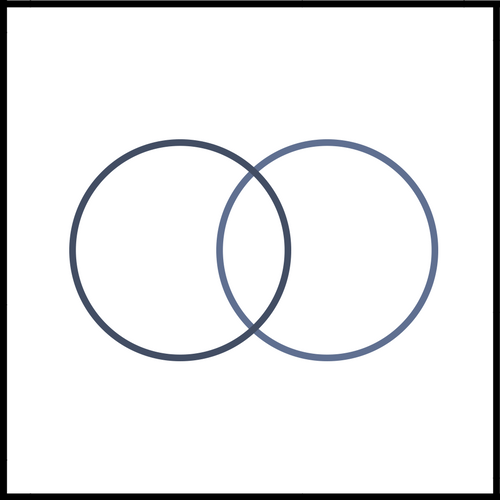The GHStrategic Models
GHS emerged via the insight that the Music Industry is somewhat of a Canary in a Coal Mine. As goes the music industry, so too will other industries. This insight allowed for the development of our Proprietary Models and the ability to guide our clients in a manner that enables them to avoid the perils of mistaking Product for Purpose. In addition to deploying these models across a diverse range of clients, these Models are now taught by GHS founder George Howard as part of the curriculum at Brown University and Berklee College of Music.

Companies too often confuse “Purpose” with “Product.” At GHS, we begin all of our engagements with our first Model – “The Mirror of Desire” – in order to unearth a client’s Purpose; which is always different from their Product. Think of it this way: Apple’s Purpose is not laptops or iPads, but rather to reflect back at their customers a heightened sense of their Creativity by having used an Apple product. Nike’s Purpose is not shoes, but rather a reflection of Activity. Whole Foods’ Purpose is not organic foods, but rather a reflection of Consciousness. By analyzing a client through the lens of our first Model, we help them define and polish their Mirror and begin the process of reflecting this idealized version of their customers. In so doing, our clients resist commoditization and are able to enjoy outsize profit margins and decreased marketing spends as the burden of marketing shifts to the customers themselves.


Social, Fun, and Competitive

